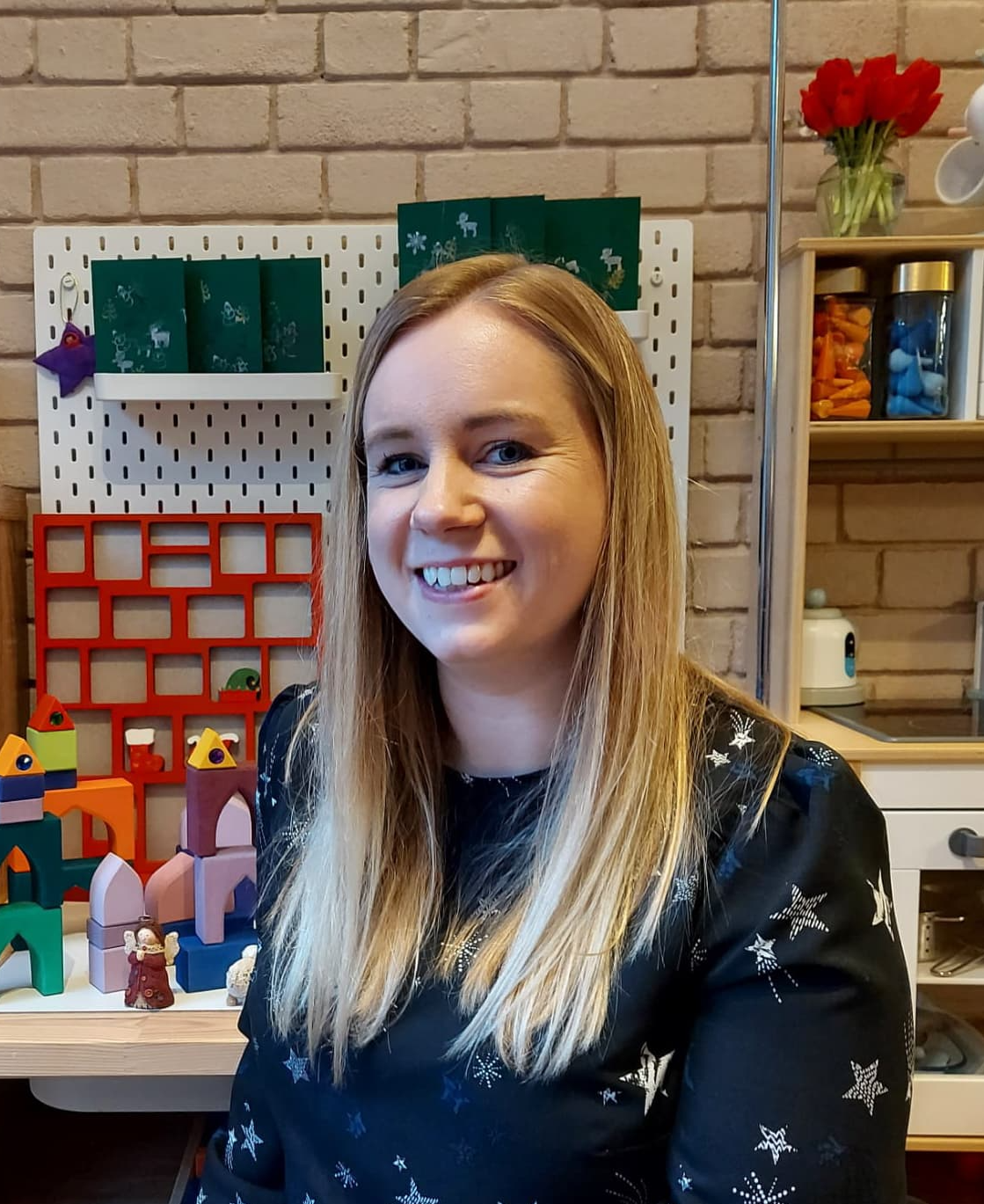Which Jigsaw?

Hey!
There has been a lot of interest over on my Instagram about developing children's jigsaw skills so I have made this little guide which gives you a basic overview of the progression of jigsaws and some suggestions of what to buy. I haven't added age suggestions as each child will develop differently and some may have more of an interest in jigsaws than others.
I hope you find it helpful!
Vicki x
This is a great early jigsaw and was a hit in our house. The pieces are nice and chunky and easily fit in the slots. Don't worry if your little one isn't interested at first, make it available for them to come back to time and time again and model how you put the pieces in the holes. Be warned - it does play Old Macdonald rather loudly (I wasn't aware when I first purchased it!) but you can turn it off when it drives you completely insane!
This is a step on from the farm peg jigsaw and I highly recommend this set. This is well made and contains 5 double sided wooden jigsaw scenes and 5 different shapes. A
Despite this jigsaw says from age 2+, you could use it with younger children by lowering the cognitive load - to start with choose just one jigsaw board to give your child and the corresponding shapes. You can gradually build up the challenge by giving them more shapes to choose between and more boards.
Check out the video on my Instagram explaining this in more detail!
This is a great pre-curser to two piece jigsaw puzzles as it requires the correct placing of the pieces without the extra complication of joining the pieces together!
Orchard Toys make some brilliant puzzles and games. A 2 piece jigsaw may seem extremely easy to us adults but not always so to our little ones who are at the early stages of their jigsaw journey! Choose a jigsaw with a theme which will interest your child - dinosaurs are often a hit but do look out for other ones which will engage your child.
We are getting advanced now! These 4 and 8 piece jigsaws add a level of complexity and I often find that children find the jigsaws which are shaped (not rectangular) a bit more challenging.
Once your child understands how to put together a very simple puzzle you can increase the pieces and start teaching more complex techniques i.e. noticing the differences between the edges/corners/centre pieces, focusing on making one key part of the jigsaw first and then adding others e.g. starting with the lion and then doing the rhino. This little set is great as there are several clear features within each jigsaw which can be worked on.
Increasing the challenge once again with more pieces, but this jigsaw is great because it has a bright yellow edge which is really useful to help your child identify which are the edge pieces.
The Primary Steps Blog is written by Victoria Yadav, a Child Development and Early Years Expert. Vicki helps parents of 2-6 year olds use playful and developmentally appropriate techniques to build strong foundations for the future.

Subscribe to receive our regular newsletters, special offers, invitations to upcoming events and more.
Thank you for subscribing!
Have a great day!







